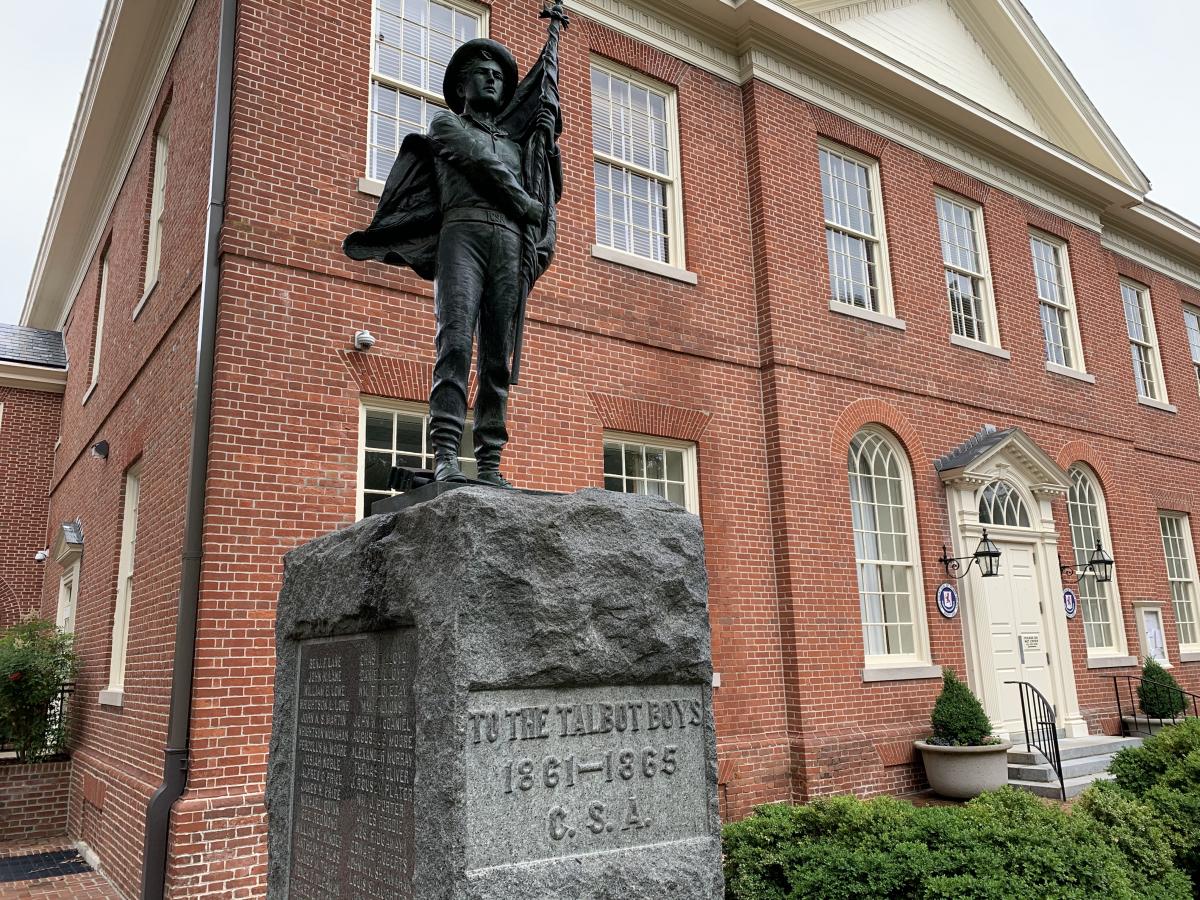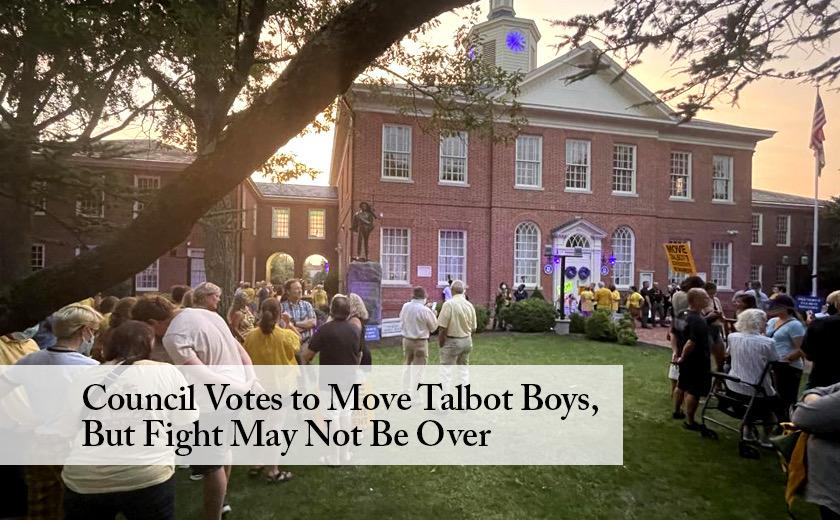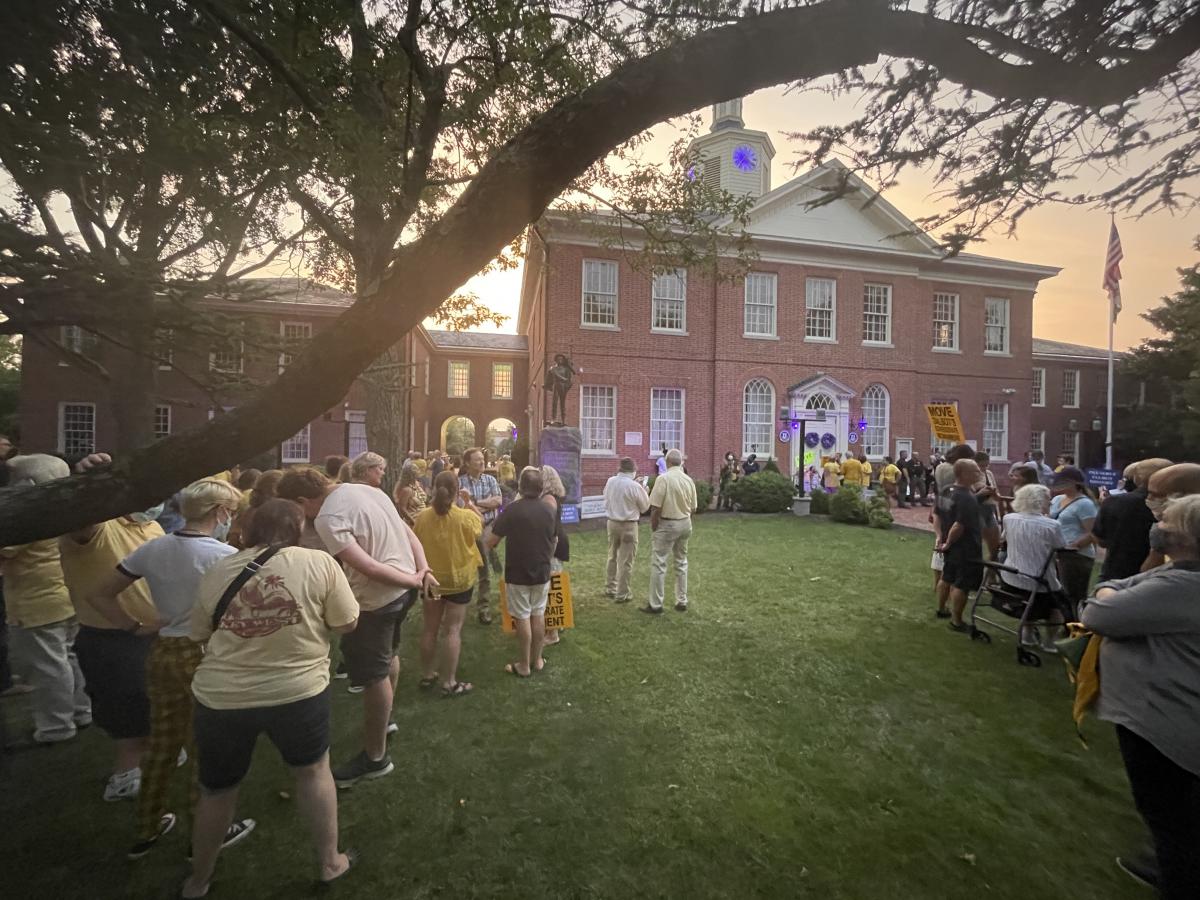Talbot County has issued a request for proposals (RFP) for the removal of the Confederate monument from the courthouse grounds and its relocation to a Civil Wars battlefield in Virginia.
The RFP stems from the Talbot County Council’s 3-2 vote on Sept. 14 authorizing the relocation of the monument to the Cross Keys Battlefield near Harrisonburg, Va., which is part of the Shenandoah Valley Battlefields Foundation.
The costs associated with the monument’s removal and relocation will be paid by a private fund held at the Mid-Shore Community Foundation and there will be no cost to county taxpayers.
The Shenandoah Valley Battlefields Foundation works with partners to preserve the Shenandoah Valley’s Civil War battlefields, to share its Civil War story with the nation and to encourage tourism and travel to the Shenandoah Valley’s Civil War sites.
Sealed proposals will be accepted until 10 a.m. Friday, Nov. 19, and the council anticipates awarding the bid at its Nov. 23 meeting.
For more information, go to www.talbotcountymd.gov under Topics of Interest/Public Notice/Bid Notice or the e-Maryland Marketplace.
Bid 21-12 Request for Proposals- Removal of Confederate monumentBid 21-12, - GENERAL CONDITIONS and Photos of Statue
Bid 21-12 Bid Forms and Affidavits






